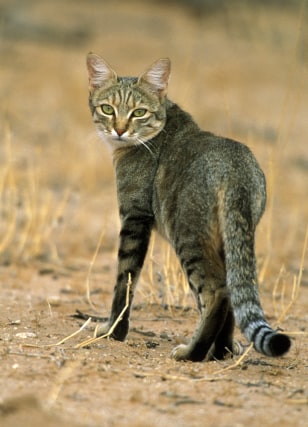South of Turkey in the Mediterranean Sea is the
island of Cyprus. The one that
looks like a narwhal. Yeah, that
one. Unlike real narwhals that live in the Arctic, the island of Cyprus has
much nicer weather. In fact, Cypriots enjoy 326 days of sunshine per year. (Unlike
the city of Seattle, Washington, which averages about 58 days of sunshine per
year. Perhaps they should vacation in Cyprus.) It’s also not far from the
Syrian and Lebanese coast to the east of the island, and if you go west a
little farther, you’ll run into the Greek islands, and to the south lies Israel
and Egypt.
Where the name Cyprus came from isn’t exactly
clear. It may have been from the Greek word for the henna plant, or for the
Greek word for the cypress tree. Some linguists think it may also be related to
the Sumerian words for copper and/or bronze (copper has been mined there for
centuries). To refer to someone or something from Cyprus, the accepted term is
Cypriot.
Since Halloween’s around the corner, I thought it
appropriate to note that Cyprus is the home of the oldest cat remains, which
were found in a tomb next to a person. This now changes our previous ideas of the
feline-human relationship, even predating ancient Egypt, which was once thought
to be the place of origin for domestic cats in general. Apparently cats have
been using humans as servants much longer than we knew of.
The island has been changed management more times
than my local McDonald’s. It started out as part of the Byzantine Empire (which
is actually the Eastern portion of the Roman Empire, more or less), then it
sort of became largely Greek after the Crusades. After that, it took on attacks
from Arab armies and was later confiscated by the British as well. It was
controlled by the Republic of Venice before it was attacked repeatedly by the
Ottoman Empire. And even though it was always pretty much a divided island
between Greek factions and Turkish ones, during the 1870s it was basically
leased to the British until 1960 when they gained independence. Afterwards, the
country remained divided into a Greek Cypriot area in the south and a Turkish
Cypriot area (they tried to break free and call themselves the Turkish Republic
of Northern Cyprus, but they’re only recognized by Turkey) in the north. The
British still does hold on to two areas of the island: Akrotiri and Dhekalia,
officially listed as Sovereign Base Areas by the British government.
The capital city of Nicosia (pronounced
“knee-kuh-SEE-uh) is the largest city on the island and the center of
government. After the Berlin Wall fell back in 1989, Nicosia remains to be the
only divided city in the world. Ledra Street, traditionally part of a large
shopping district, has been divided and shut down for several decades. The
hotspot for a lot of fighting along the Green Line of demarcation, it was also
part of the buffer zone between the Greek and Turkish areas. However, in 2008,
it was reopened. With a population of around 310,000, there are six
universities in Nicosia as well as several museums and sports facilities.
Cyprus’ economy hasn’t fared so well in recent
years, since three of its main banks were pulled under in the aftermath of the
Greek financial crisis. Significant offshore deposits of natural gas has been
found which may mean something once it’s determined whether there is a viable
means of extracting it. It’s quite possible that it may be drilled in the nearer
future. Cyprus also depends on its growing tourism industry as well.
Since there are more Greek Cypriots on the island,
the vast majority of the people belong to the Greek Orthodox Church. Most of the Turkish Cypriots practice
Sunni Islam.
There are two official languages of Cyprus: Turkish
and Greek. Armenian and Cypriot Arabic are also listed as minority languages.
Because of its history and other ties, Russian and English also have their
place as common foreign languages that are studied.
The island country does enjoy a high-income economy
and high quality of living, ranking high on the Human Development Index as
well. Virtually all parts of the country – both urban and rural – have access
to clean water and sanitation. Unemployment lies somewhere around 11% give or
take a percent or two (the rates are slightly different depending on whether
you’re on the Greek or Turkish side. They also have two different currencies:
the Greek side uses the Euro, and the Turkish side uses the Turkish new lira.) And
Cyprus’ flag has been the only country that puts their map on their flag, until
Kosovo did the same in 2008. Cyprus
also enjoys one of the lowest costs of living, low housing costs, and low crime
rates. I’m really excited to make Cypriot food since it's a combination of
Greek and Turkish influenced cuisine. Although I’m going to try to see if I can
find this cheese I keep hearing so much about called Halloumi. Seriously, it’s
in almost every recipe. Must be awesome or something.
Up next: holidays and celebrations






No comments:
Post a Comment